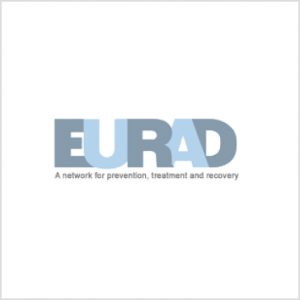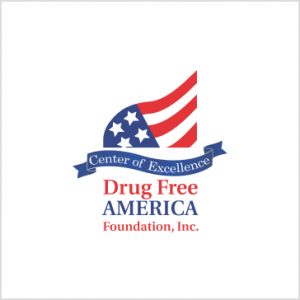Recovery journeys can be long and involve several attempts in order for people to resolve their problems. Treatment can be part of this for many, but there are multiple factors outside of treatment that also influence outcomes. One of these is housing.
Homeless people with substance use disorders have higher risks, exacerbated further if there are criminal justice issues. Recovery housing can provide a safe environment, support for abstinence and link people into education and employment opportunities. If houses are self-run, costs are low.
In their paper[1] on sober living houses, Jennifer David and Jake Berman point out that it’s only relatively recently that researchers have begun to accumulate evidence on the efficacy of such residences. I agree; we have some black holes in our research on substance use disorders and recovery. There are a few of these residences in Scotland, but little is known about them beyond experience and evaluations accumulated locally.
By using the narratives of residents, the researchers wanted to explore the experience of being in a sober living house from the perspective of the people in recovery. They interviewed 21 people (from the American Midwest) – so a small study, but the point was to find detail and nuance.
Out of this came four themes.
- The role of early trauma
- The strengths of sober living
- The challenges of sober living
- Keys to sobriety
The role of early trauma
Residents related the impact of trauma and how it shaped their journey into addiction. This took many forms and the researchers note how abuse of drugs and alcohol were identified as both the cause and consequence of trauma. During the interviews, the salience of these experiences was apparent, as was their emotional impact on the respondents in recovery.
The strengths of sober living
The study participants were ‘overwhelmingly’ positive about ‘the impact of sober living on their lives and on their recovery up to this point’.
Sober living opened my eyes that others have the same struggle. I learned to open up. I’ve made friends for life.
Participant
Safety, shared goals and vision, unity and camaraderie were all found to appeal to the residents as advantages of sober living. Stigma and shame became less powerful and the group looked out for each other.
Everyone sticks together. If one of the sheep starts straying away the herd goes and rounds him back with the rest.
Participant
Mutual accountability was ‘an important driver of behaviour’ with a sense of responsibility for others being highlighted as key. This struck me as being very similar to living in a therapeutic community model of rehab. The principles are comparable.
The challenges of sober living
Those who were not ready to put the work in (in recovery terms) were felt to have a detrimental effect on others. The threat of relapse was a ‘critical challenge’. When others relapsed there was a vicarious suffering as the bonds that develop in a communal living houses can run deep. Dealing with death was also spotlighted as a difficult challenge.
Some saw the sober house as ‘an artificial environment that protects residents from the real world’, and others saw it as ‘a transition rather than a protection’.
Keys to sobriety
The importance and value of attending mutual aid (AA) was mentioned in all the interviews, as was changing social networks and taking advantage ‘of the protection of sober living.
Reflections
The researchers identify the tension between the emergent benefits of sober living, versus the potential risk that being in such an environment may hold some people back from learning skills in the community. They call for more research on such transitions. They also emphasise the advantages reported by the residents of being members of AA. Reflecting on their findings on trauma in the interviewees, they speculate on whether there may be a ‘unique practice niche’ that deals with early trauma through a more targeted therapeutic approach in addition to being mutual aid group members. They also suggest we need to know more about ‘vicarious relapse’ which can be traumatic to others as well as the person who has relapsed.
Although a small study, the findings ring true from my experience. In the service I work in, our Oxford recovery house has evaluated well. Having said that, this whole area is very under-developed, with little in the way of recovery housing being commissioned (or even known about), though there is evidence that this is changing a bit for the better.
As stronger and stronger evidence emerges of the value of community and connection as drivers of recovery, I hope we see more of this kind of practice and research in the UK. It’s certainly needed.
Continue the discussion on Twitter: @DocDavidM
Photocredit: istockphoto sundaemorning under license
[1] Jennifer Davis & Jake Berman (2022) Living in a Sober Living House: Conversations with Residents, Substance Use & Misuse, 57:3, 402-408.

















